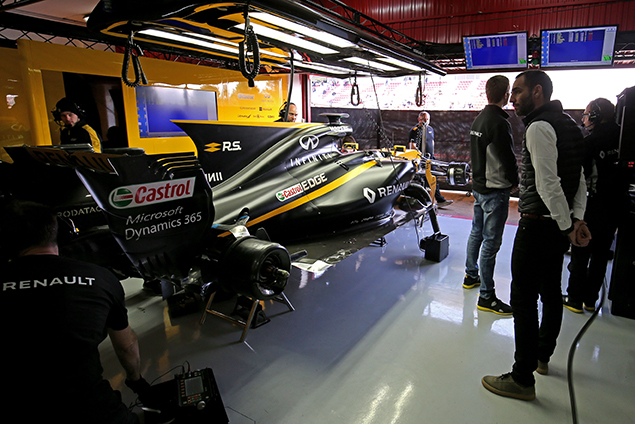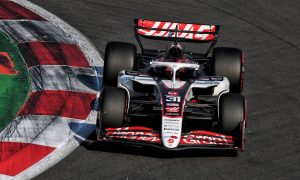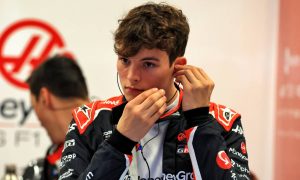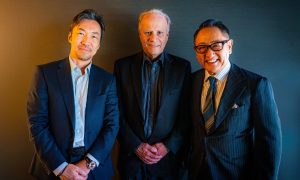
For Romain Grosjean, this weekend's United States Grand Prix is effectively a surrogate home race. Driving for the American Haas F1 Team means that he will be assured of strong support from the crowds at Austin, Texas.
That will get him through to next year's French Grand Prix, the first race in his native land since 2008 - a year before Grosjean got his Formula 1 break.
"It’s a great one to go to. I’ve always loved Austin, but since I’ve been a Haas driver, I love it even more," said Grosjean.
"I haven’t had the chance to have a national Grand Prix – that’ll come next year in France," he added. "But Austin is the one where I get to represent America."
Grosjean was able to vividly recall the first time that Formula 1 came to the Circuit of the Americas in 2012.
"People came from all over the country to see the race. It was amazing," he said. "It’s a great venue and one of the best new tracks we’ve had in quite a while.
On his second visit to the circuit in 2013, Grosjean equalled his best-ever result in his F1 career by finishing second to Sebastian Vettel.
“It was a wonderful race," he remembered. "I started third on the grid and proceeded to make a great start.
"We didn’t think we’d keep Red Bull Racing behind, but we managed. We had a good car and, ultimately, I had a really good race."
While a podium would probably be asking too much this weekend, Grosjean is hoping to build on the double points finish he and team mate Kevin Magnussen achieved last time out in Japan.
"A double-points finish for the team was pretty big," he said. "In Japan we found the sweet spot on the tyres.
"It was a good result for us," he added. "But for Austin we need to focus on what we can do. We need the right setup, get the right tools, and just work as we do normally.
"It was pretty good in Japan, but it doesn’t necessarily mean that it’ll be the same in Austin. We need to work hard to make it good."
Asked what his favourite part of the COTA track was, he replied unequivocally that it was sector one. It includes the uphill blind left-hander turn 1, one of the most challenging corners on the modern Formula 1 calendar.
"It’s really about focusing on the right thing at the right time," he explained. "First the braking point, then the turning point, and then the apex and exit.
"Yes, it’s a blind corner. But once you’ve got in the rhythm you just take it all step-by-step and there are no surprises.
"The braking into turn one is very wide and you can have some [overtaking] chances there," he added. "But, on the other hand, it’s very hard to follow in sector one.
"You then have tricky traction going downhill," he continued. "It’s very high speed – very similar to Silverstone. Here you try to carry some good speed. Then you go to the hairpin before the backstraight. Again you want good traction here. There’s very big braking at the end.
"Then there’s a very tight section with a double right corner. After that it’s a long left hairpin, with tricky braking. Then a full right-hand side corner, almost flat out in qualifying. T
"Then it’s the two mid-speed final turns, which are pretty interesting," he concluded. "Going down into the first one, and the second one going up again before you finish the lap."
Gallery: The beautiful wives and girlfriends of F1 drivers
Keep up to date with all the F1 news via Facebook and Twitter






